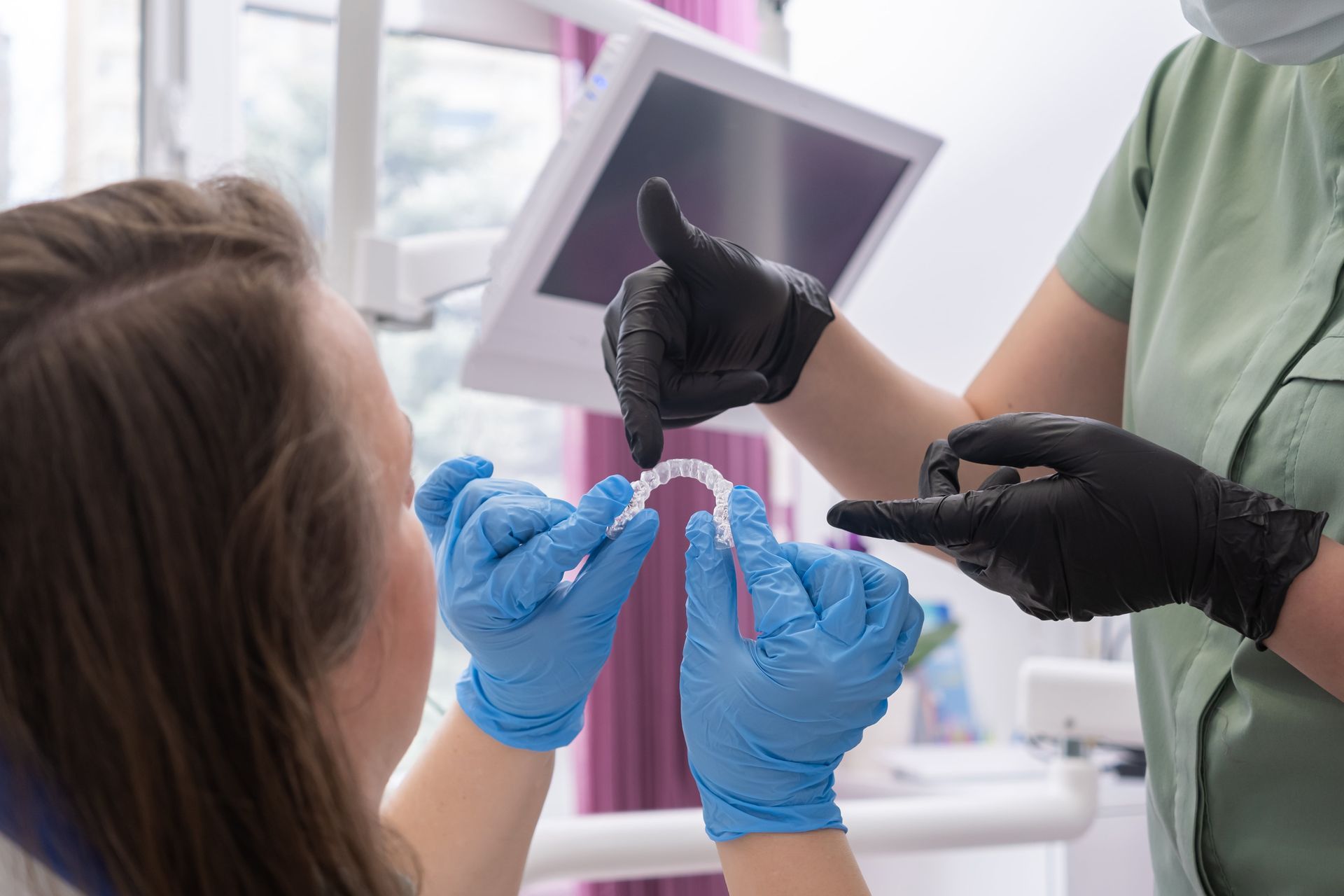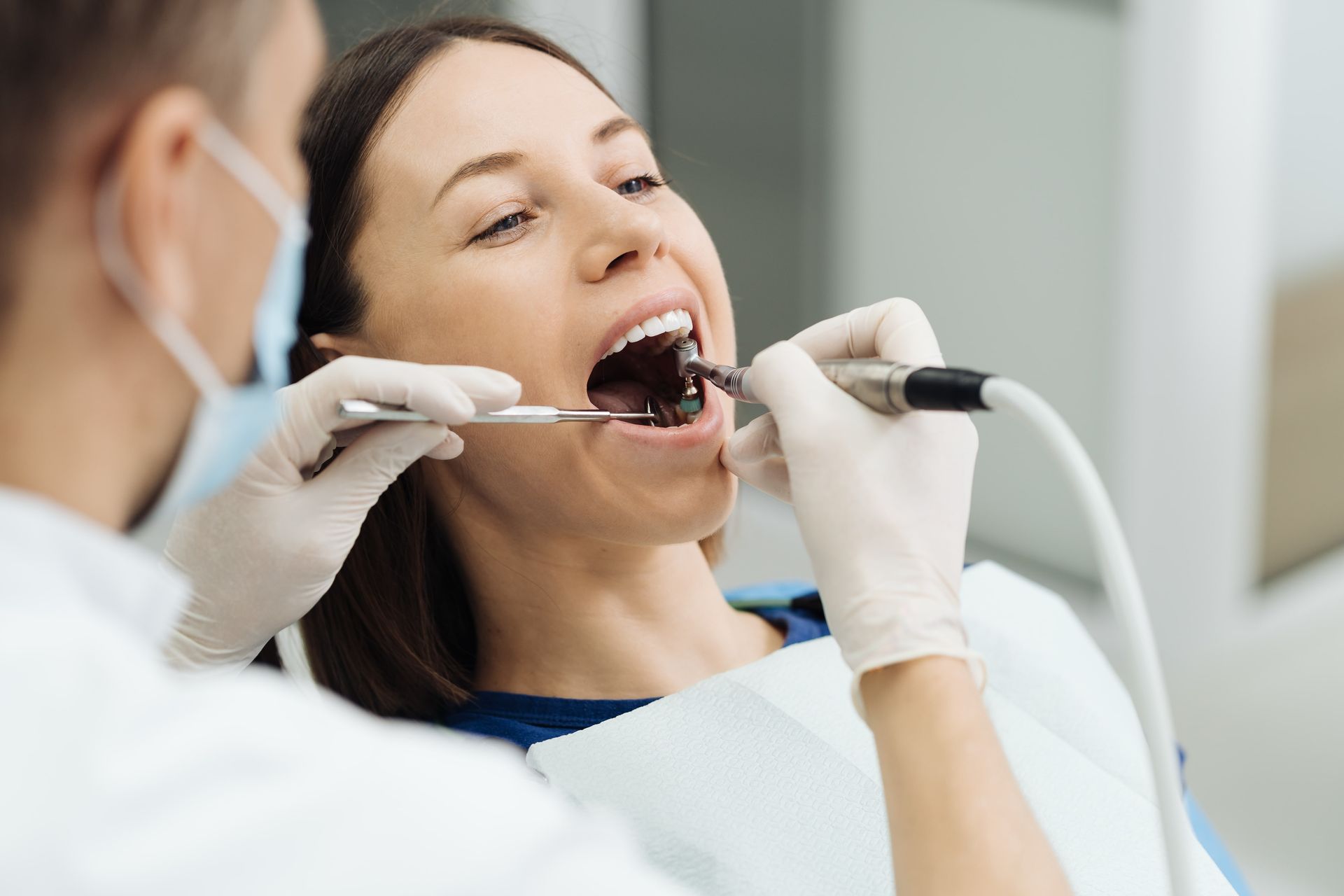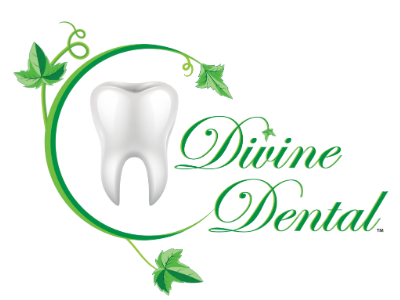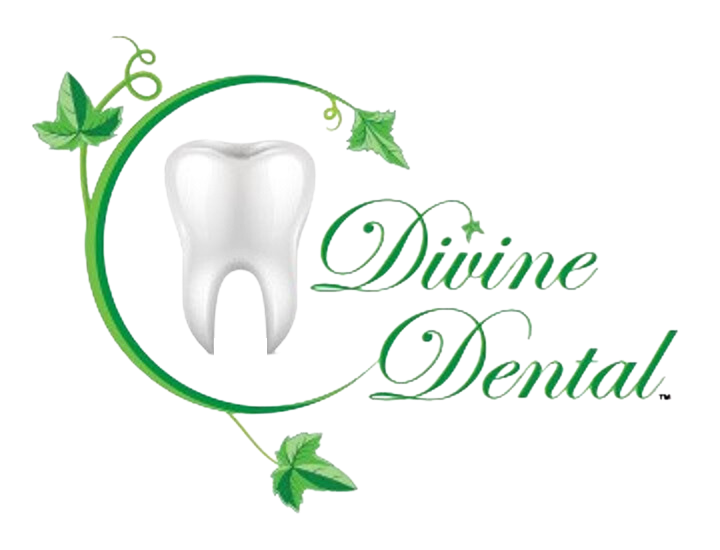Choosing Between Invisalign And Braces: Which Is Your Perfect Fit?
When it comes to correcting misaligned teeth and achieving a perfect smile, choosing the right orthodontic treatment is crucial. Two popular options for orthodontic treatment are traditional braces and Invisalign. Traditional braces consist of metal brackets and wires and are effective in treating various dental issues. On the other hand, Invisalign offers a more discreet appearance with its clear aligner trays that gradually straighten the teeth.
Both options have their own benefits and considerations, such as treatment time, food restrictions, and cost. Ultimately, the choice between braces and Invisalign depends on individual preferences, oral health needs, and the advice of an experienced orthodontist. Whether you opt for the conventional approach of traditional braces or the convenience and aesthetic appeal of Invisalign, both treatments can help transform your smile and boost your oral health.
Orthodontic Evaluation
When it comes to orthodontic treatment, an essential first step is undergoing an orthodontic evaluation. This evaluation allows an experienced orthodontist to assess your specific dental issues and determine the best course of treatment for you. During the evaluation, the orthodontist will thoroughly examine your teeth, jaw, bite, and overall oral health. They may also take X-rays, photographs, and impressions of your teeth to further evaluate your needs.
This evaluation is crucial in developing a personalized treatment plan that will address your orthodontic issues and help you achieve your desired smile transformation. Whether you are considering traditional braces or Invisalign, an orthodontic evaluation is the foundation of your orthodontic journey, ensuring that you receive the most appropriate and effective treatment for your unique dental needs. Schedule an orthodontic visit today to take the first step towards a healthier and more confident smile for invisalign or braces.
Diagnosis and Treatment Planning
In orthodontics, the diagnosis and treatment planning phase is a crucial step in achieving the desired results of a patient's orthodontic treatment. This phase involves a comprehensive evaluation of the patient's teeth, jaw, and overall oral health to develop an effective treatment plan.
The process begins with a thorough examination conducted by an experienced orthodontist. The orthodontist will assess the severity of misalignment, dental issues, and any other factors that may impact the treatment. X-rays, photographs, and dental impressions may be taken to aid in the diagnosis.
During the treatment planning phase, several factors are considered to determine the most suitable treatment options. The severity of misalignment plays a significant role, as more complex cases may require traditional braces for better control and efficacy. Additionally, the patient's age is taken into account, with options like Invisalign Teen available for younger patients.
Other dental issues, such as overcrowding, gaps between teeth, or bite dysfunction, will also influence the recommended treatment options. Traditional braces, consisting of metal brackets and wires, are often suggested for more severe cases, offering precise control over tooth movement.
In contrast, Invisalign, a series of clear plastic aligners, is an alternative option for milder cases and patients seeking a more discreet appearance. These aligners are removable, allowing for greater flexibility in oral hygiene and the ability to enjoy favorite foods without restrictions.
Overall, the diagnosis and treatment planning phase in orthodontics is essential for creating a tailored treatment plan that addresses the patient's specific dental issues and ensures the best possible outcome for a healthier, straighter smile.
What To Expect During an Orthodontic Evaluation?
During an orthodontic evaluation, patients can expect several key steps to determine the best treatment plan for their specific needs. The process typically begins with an initial consultation, where the orthodontist will gather important information about the patient's dental history and concerns.
Next, a thorough clinical examination will be conducted. The orthodontist will visually assess the patient's teeth, jaw alignment, and overall oral health. This examination may also include taking x-rays, photographs, and dental impressions to aid in the diagnosis.
To further evaluate the patient's condition, additional diagnostic tests may be performed. These tests can include taking panoramic X-rays to get a comprehensive view of the teeth and jaw, as well as analyzing the patient's bite and jaw relationship through a bite analysis.
Based on the information gathered from the initial consultation, clinical examination, and diagnostic tests, the orthodontist will create a personalized treatment plan. This plan will take into account the severity of misalignment, dental issues, and other factors affecting the treatment. The orthodontist will discuss the recommended treatment options, whether it be traditional braces with metal brackets and wires or Invisalign's clear plastic aligners.
Overall, patients can expect a thorough and comprehensive evaluation during their orthodontic visit. This evaluation is crucial for the orthodontist to determine the most suitable treatment plan for achieving a healthy, aligned smile.

Cost Considerations
One important factor to consider when choosing between Invisalign and traditional braces is the cost of treatment. Traditional braces typically cost less than Invisalign, making it a more budget-friendly option for those who are looking for orthodontic treatment on a tight budget.
However, it's important to note that the actual cost may vary depending on the severity of the misalignment, the length of the treatment, and the location of the orthodontist. Invisalign treatment tends to be slightly more expensive than traditional braces due to the advanced technology and customization involved in creating clear aligners.
Some dental insurance plans may cover a portion of the cost for both options, but it's essential to check with the insurance provider to understand the extent of the coverage. Additionally, many orthodontic offices offer flexible payment plans to make the cost more manageable for patients. Ultimately, it's crucial to consider both the financial aspect and the potential long-term benefits when making a decision about orthodontic treatment.
Cost Comparison: Invisalign vs. Braces
When it comes to orthodontic treatment, two popular options for achieving a straighter smile are Invisalign and traditional braces. One important consideration when choosing between the two is the cost comparison.
Invisalign is a series of clear, removable aligners that gradually move your teeth into position. The cost of Invisalign can range from $3,000 to $8,000, depending on the complexity of your case and the length of treatment. On the other hand, traditional braces, which consist of metal brackets and wires, typically cost between $2,500 to $7,000. The average cost for braces is around $5,000, while Invisalign tends to cost slightly higher at around $5,600.
It's important to note that these prices can vary depending on various factors such as location, orthodontist's experience, and additional expenses like dental check-ups and X-rays. Additionally, the duration of treatment can also impact the overall cost. Invisalign generally has a shorter treatment time compared to traditional braces, which can span from months to a couple of years.
Ultimately, the choice between Invisalign and braces should not solely be based on cost but should also consider other factors such as your orthodontic issues, lifestyle preferences, and long-term goals for your smile transformation. It is always best to consult with an experienced orthodontist who can thoroughly evaluate your dental needs and recommend the most suitable treatment option for you.
Insurance Coverage for Orthodontic Treatments
When it comes to orthodontic treatments such as traditional braces or Invisalign, understanding your insurance coverage is crucial. Many insurance plans offer coverage for orthodontic treatments, but it's important to be aware of any limitations or requirements for eligibility.
Insurance coverage for orthodontic treatments can vary significantly from one provider to another. Some insurance plans may have specific age limits for coverage, while others may have waiting periods before orthodontic benefits kick in. Additionally, certain plans may require pre-authorization or a referral from a primary care dentist or orthodontist.
To determine the specific coverage details for orthodontic treatments, it's best to check with individual insurance providers. They can provide you with the necessary information regarding coverage limits, deductibles, and any out-of-pocket expenses you may be responsible for.
It's essential to keep in mind that insurance coverage may only provide partial reimbursement for orthodontic treatments. Costs for treatment may still be substantial, and some insurance plans may have annual maximum limits for orthodontic coverage.

Aesthetics and Comfort Considerations
When it comes to choosing between Invisalign and braces, there are several factors to consider, including aesthetics and comfort. Aesthetics play a significant role for many individuals, as they want a treatment option that is discreet and doesn't draw attention to their orthodontic treatment. Invisalign aligners offer a more discreet appearance compared to traditional braces. They are made of clear plastic aligners that are virtually invisible when worn.
On the other hand, braces, especially traditional metal brackets, are more noticeable. However, advancements in orthodontic technology have also introduced ceramic braces and lingual braces, which are less visible options. In terms of comfort, Invisalign aligners are generally more comfortable to wear compared to braces. The aligner trays are smooth and made of a soft plastic material, which reduces the likelihood of irritation or discomfort caused by metal wires or brackets.
Additionally, Invisalign aligners can be removed when eating, allowing for greater freedom in food choices and easier oral hygiene maintenance. Braces, while effective in treating various orthodontic issues, can cause discomfort or soreness, especially when adjustments are made or during the initial stages of treatment. Ultimately, the choice between Invisalign and braces will depend on individual preferences and the recommendation of an experienced orthodontist.
Appearance of Invisalign vs. Braces
When it comes to orthodontic treatment, appearance is an important factor to consider. Invisalign and braces are two popular options for achieving a straight smile, but their appearances vary significantly.
Invisalign, as the name implies, is virtually invisible. These clear aligners are custom-made for each patient and fit snugly over their teeth. The aligner trays are made from a clear plastic material, making them difficult to detect. This allows patients to discreetly improve their smiles without drawing attention to their orthodontic treatment.
On the other hand, braces are more noticeable. Traditional metal braces consist of metal brackets that are glued to the front of each tooth and connected by metal wires. There are also ceramic braces available, which are less noticeable as they blend in with the tooth color. However, both types of braces are still more visible compared to Invisalign.
While Invisalign provides a discreet appearance, it is important to note that the appearance of braces can vary depending on the type. Ceramic braces, for example, offer a more aesthetically pleasing option compared to traditional metal braces, as their brackets resemble the color of the teeth.
Comfortability of Invisalign vs. Braces
When it comes to comfortability, Invisalign and braces have some key differences. Invisalign aligners provide a smoother and more comfortable experience overall. Since they are made of a clear plastic material, they do not cause as much irritation as traditional braces.
One of the main reasons why Invisalign is more comfortable is because it utilizes removable aligners. This means that patients can take them out when eating or brushing their teeth, alleviating pain or discomfort that may arise from food restrictions or oral hygiene routines. With traditional braces, there are metal brackets and wires that can cause irritation to the mouth and gums.
Invisalign aligners are custom-made for each patient and fit snugly over their teeth. This means that there are no sharp edges or wires to poke or irritate the mouth. On the other hand, traditional braces have brackets that can scratch the inside of the mouth and wires that can poke the cheeks or gums.
Overall, Invisalign provides a more comfortable orthodontic experience compared to braces. Its removable aligners and lack of sharp edges make it a preferred choice for those seeking a comfortable orthodontic treatment.
Maintenance Requirements, Food Restrictions, and Oral Hygiene Considerations
When it comes to maintenance requirements, Invisalign and braces have different approaches. With Invisalign, patients are provided with a series of aligners that they must change every one to two weeks. These aligners need to be worn for at least 20-22 hours per day to ensure effective treatment. However, the maintenance for Invisalign is relatively simple.
The aligners can be easily removed, allowing for easy cleaning and oral hygiene. On the other hand, traditional braces require regular adjustments by an experienced orthodontist. This usually involves replacing rubber bands and tightening the metal wire. While there may be some discomfort during these adjustments, they are necessary for the proper alignment of the teeth.
Maintenance Requirements for Both Treatments
When it comes to maintaining orthodontic devices like Invisalign and braces, proper care is essential to ensure effective treatment and oral health.
Invisalign requires regular maintenance by changing aligners every one to two weeks. These aligners should be worn for 20-22 hours per day for optimal results. However, maintenance for Invisalign is relatively simple. The aligners can be easily removed, allowing for easy cleaning and oral hygiene. Patients can brush and floss their teeth just like before, reducing the risk of dental issues.
On the other hand, traditional braces require regular adjustments by an experienced orthodontist. This involves replacing rubber bands and tightening the metal wire to align the teeth properly. Although these adjustments may cause temporary discomfort, they are necessary for the treatment to progress effectively.
Regardless of the orthodontic treatment chosen, maintaining good oral hygiene is crucial. Regular brushing, flossing, and rinsing help remove food particles and plaque, minimizing the risk of tooth decay, gum diseases, and other dental complications. Patients with traditional braces may need special orthodontic brushes and floss threaders to effectively clean around the brackets and wires.
Overall, both Invisalign and braces require regular maintenance and proper oral hygiene practices. Consultation with an experienced orthodontist can provide further guidance on the specific care routine best suited for each treatment.
Food Restrictions for Both Treatments
Both Invisalign and braces come with certain food restrictions to prevent any damage or dislodging of the orthodontic devices.
For Invisalign, it is recommended to remove the aligners before eating. This allows the patient to enjoy their favorite foods without any restrictions. However, it is important to remember to brush and floss before putting the aligners back in.
On the other hand, traditional braces require more careful consideration when it comes to food choices. Sticky or hard foods can damage the brackets and wires, leading to expensive repairs and treatment delays. Foods to avoid include chewy candies, popcorn, hard nuts, and crunchy vegetables like carrots and apples. It is also advisable to cut meat into smaller pieces and avoid biting directly into foods like sandwiches or whole fruits to prevent any damage.
In both cases, it is important to maintain a balanced diet and avoid excessive sugary or acidic foods to protect the teeth and oral health. It is recommended to consult with the orthodontist about specific food restrictions and guidelines for each treatment option.
Oral Hygiene Considerations for Both Treatments
When it comes to choosing between Invisalign and braces, oral hygiene is an important consideration. Both treatment options require proper care and maintenance to ensure optimal oral health throughout the orthodontic journey.
With Invisalign, maintaining good oral hygiene is relatively easy. The aligners are removable, allowing for thorough brushing and flossing. It is essential to brush and floss before putting the aligners back in to prevent the buildup of food particles and bacteria. Additionally, the aligners themselves should be cleaned using a gentle toothbrush and mild antibacterial soap to avoid any unpleasant odors or discoloration.
On the other hand, traditional braces require more careful attention to oral hygiene. The metal brackets and wires can trap food particles, leading to plaque buildup and increased risk of tooth decay and gum disease. It is crucial to brush after every meal and use special tools, such as interdental brushes or floss threaders, to clean between the braces and wires effectively. Regular dental visits for professional cleanings and checkups are also recommended to address any orthodontic issues and maintain overall oral health.
Proper oral hygiene during orthodontic treatment is vital to prevent dental issues such as cavities, gum inflammation, and enamel erosion. Whether you choose Invisalign or traditional braces, following a diligent oral hygiene routine will help ensure a healthy smile and a successful orthodontic journey.

Conclusion: What Is the Best Option for You?
In conclusion, there is no single solution that is best for everyone when it comes to choosing between Invisalign and braces. Depending on your individual needs, lifestyle, and budget, one option may be better suited for you than the other.



